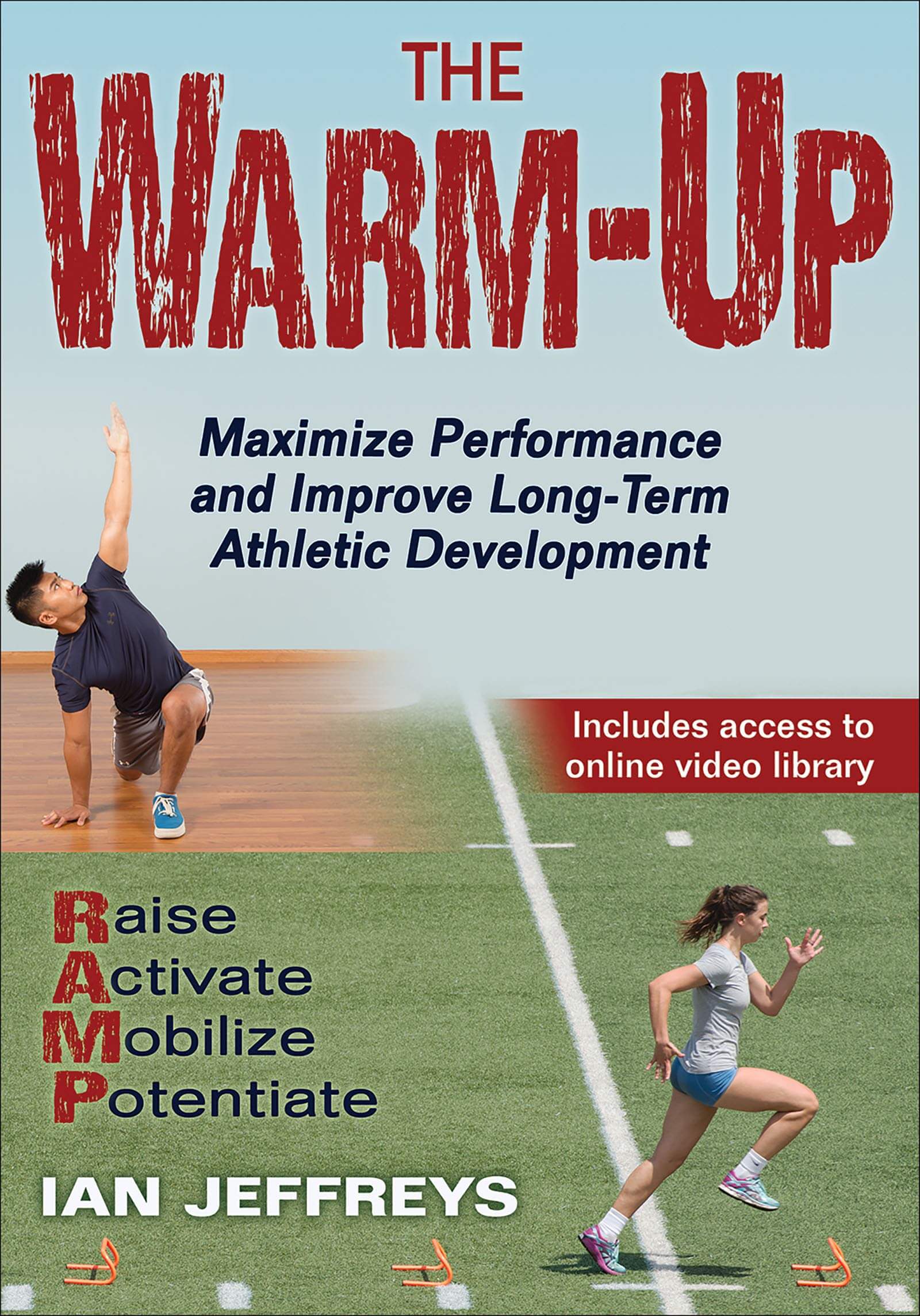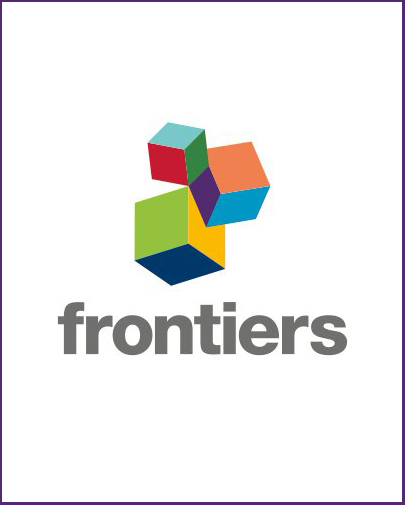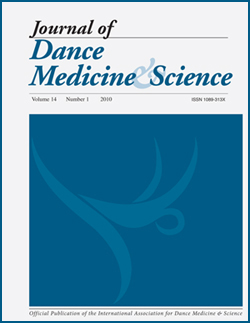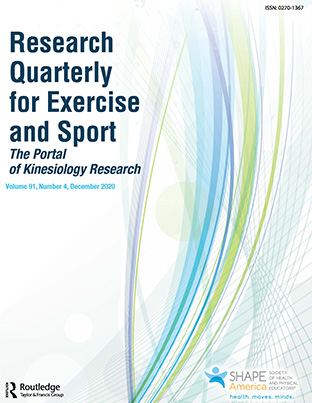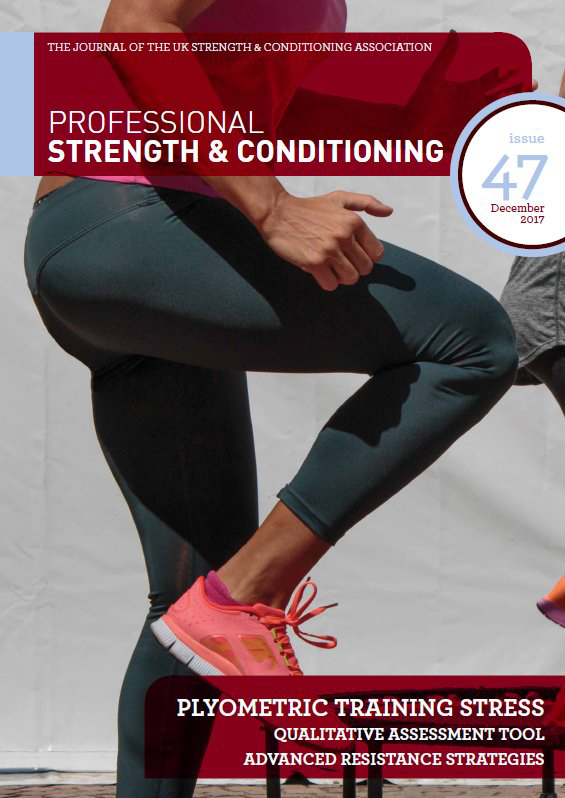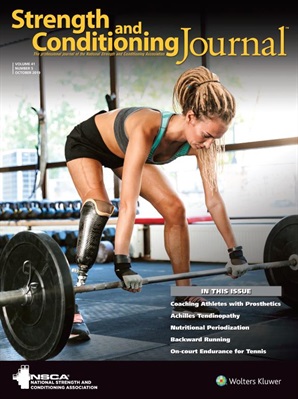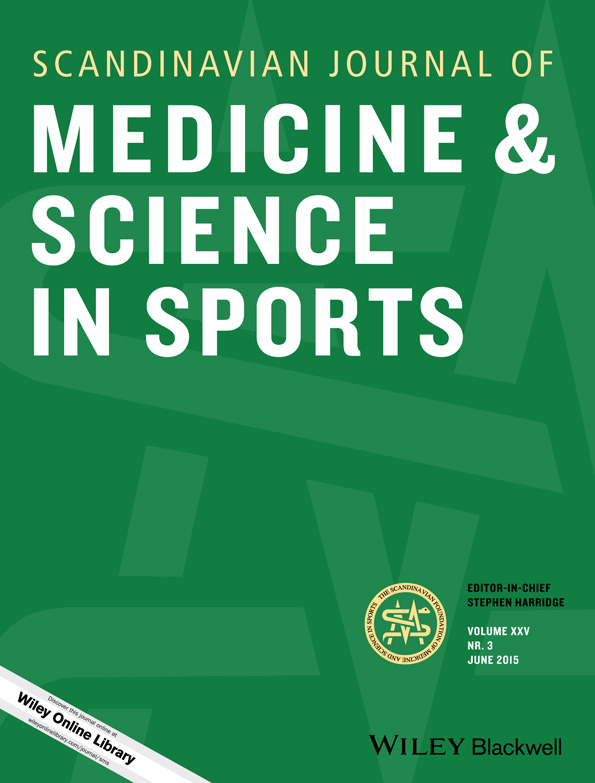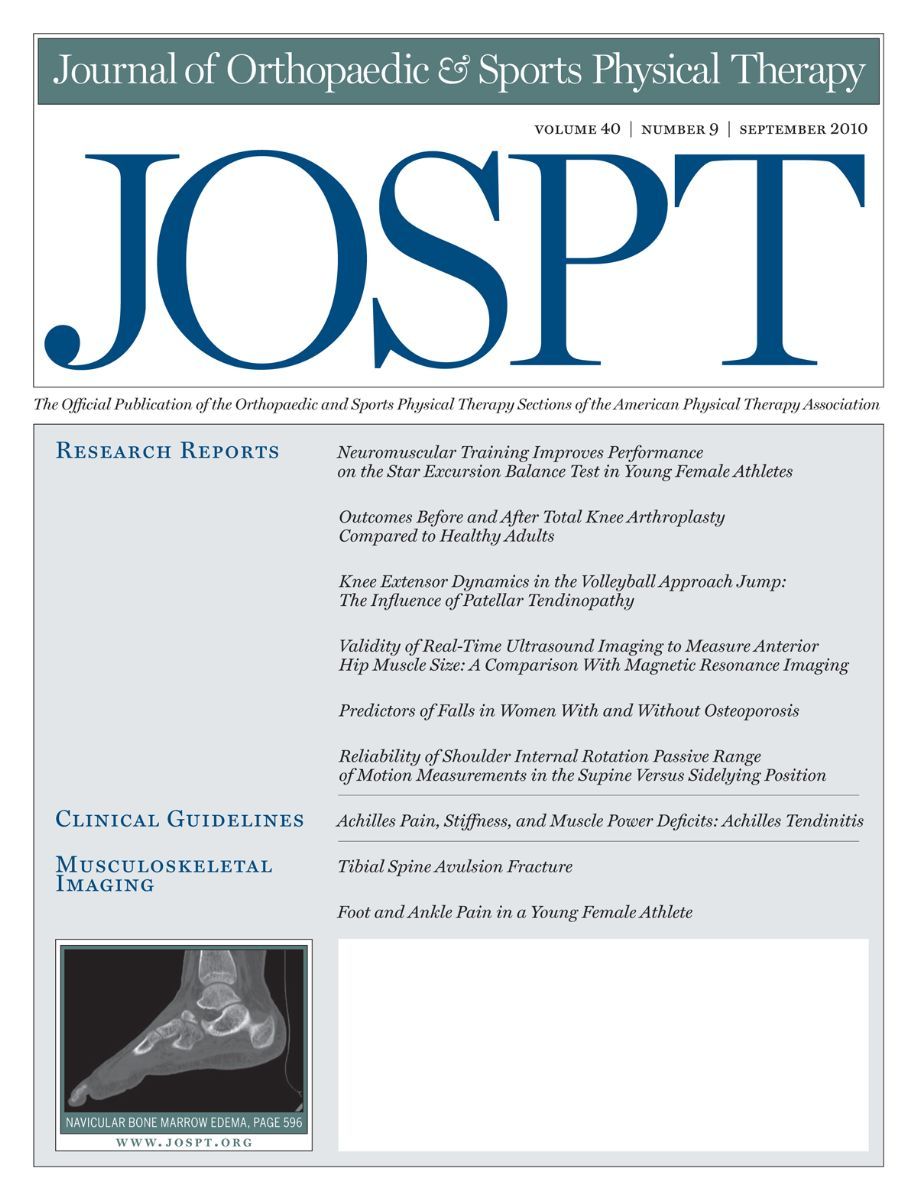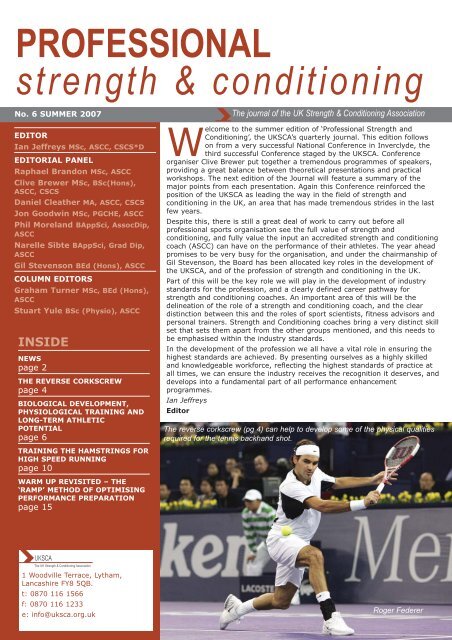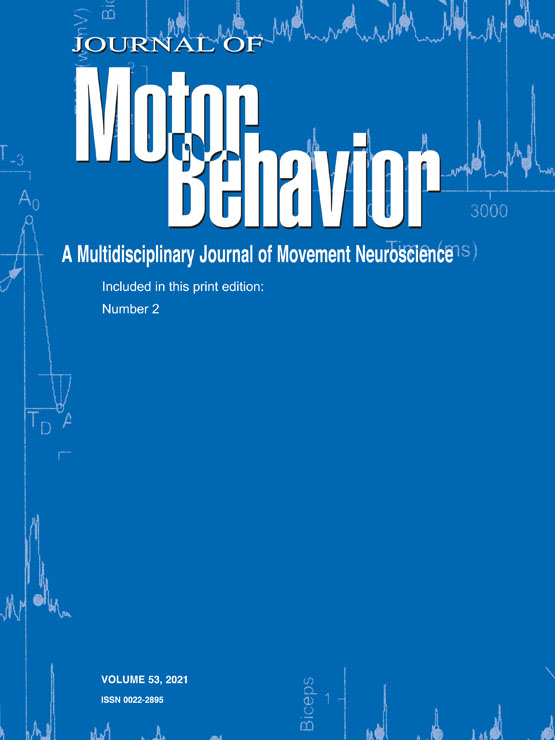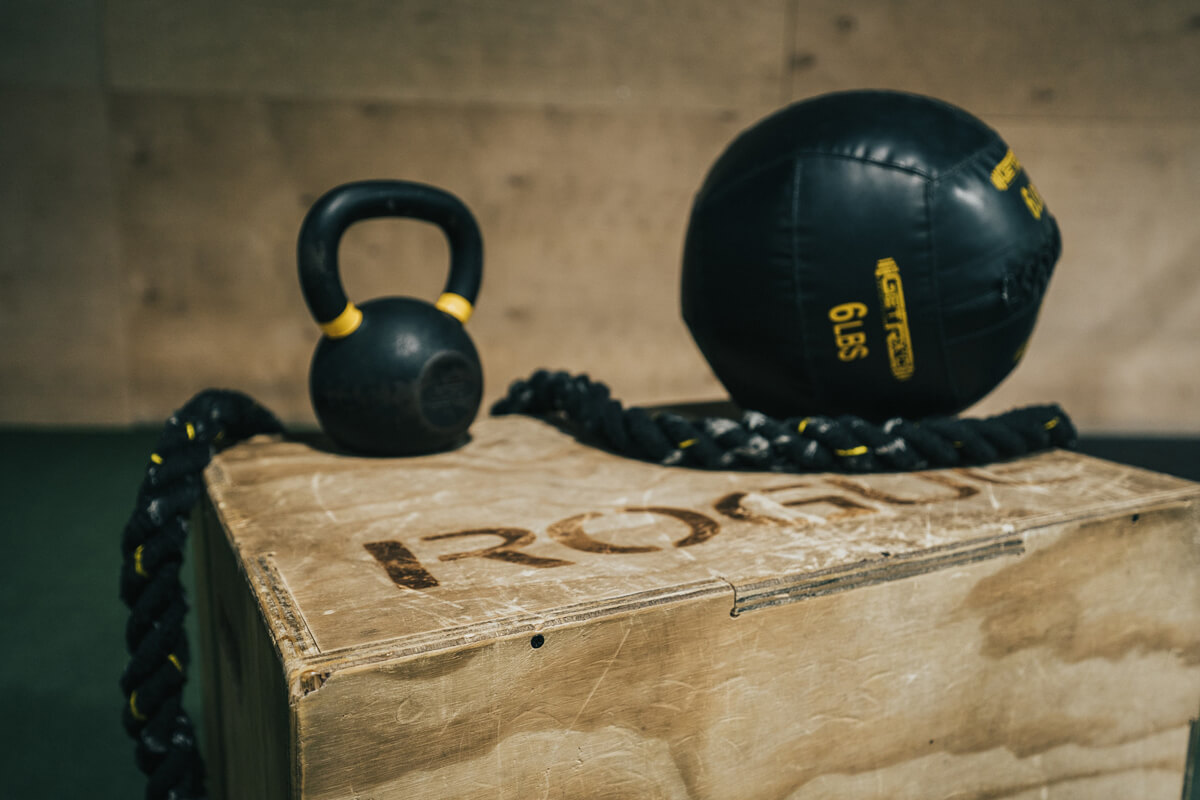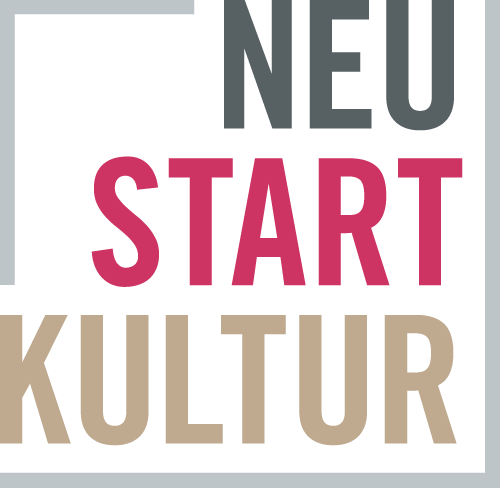DIS-TANZ DIARY #14
EVERYTHING YOU DID AND DIDN’T KNOW ABOUT WARM-UPS
Mar 26, 2021 in DIS-TANZ-SOLO

Dance warm ups are always a difficult and wide-ranging topic. Especially for freelancers, who even in larger companies often use their own warm-up program to prepare for the day, this work phase serves many different functions. In my experience, the allocated time is used, among other things, to work on the suppleness of movement, to strengthen vulnerable muscles and joints, to improve technique, to awaken creativity and improvisation skills, to run through difficult movement sequences of a choreography, to prepare for the stress of the following rehearsal or performance, and last but not least as a communal ritual for the group.
Nevertheless, when it comes to the actual warm-up part of this individual work phase, I can’ t avoid asking myself whether the activities carried out are really effective and efficient, and whether the structure of this preparation phase might not be improved.
The South-African physiotherapist Craig A. Smith laid out in his article THE WARM-UP PROCEDURE: “Warm-up exercises should be specific to the sport involved. They should promote flexibility and suppleness; exert sufficient effort on the musculoskeletal system to raise the body temperature; and warm or prime the muscles, tendons, and connective tissues. The warm-up should also stimulate the circulatory system, enhance coordination, and promote freer and easier movement due to a more compliant locomotor system.”
Now what I often see in typical dance warm-ups are very excessive and lengthy stretching sessions. The effect of static stretching on maximizing your short-term performance is the subject of lively debate, but more on this in the following section.
Where there is broad agreement, however, is the fact that “mobility has been shown to be improved by an increase in muscle temperature, and so mobility-based activities may be best preceded by activities that raise body temperature.” (Ian Jeffreys in WARM UP REVISITED)
If you haven’t yet seen my conversation with sports scientist Patrick Rump, you should definitely check out the chapter on warm-ups.
